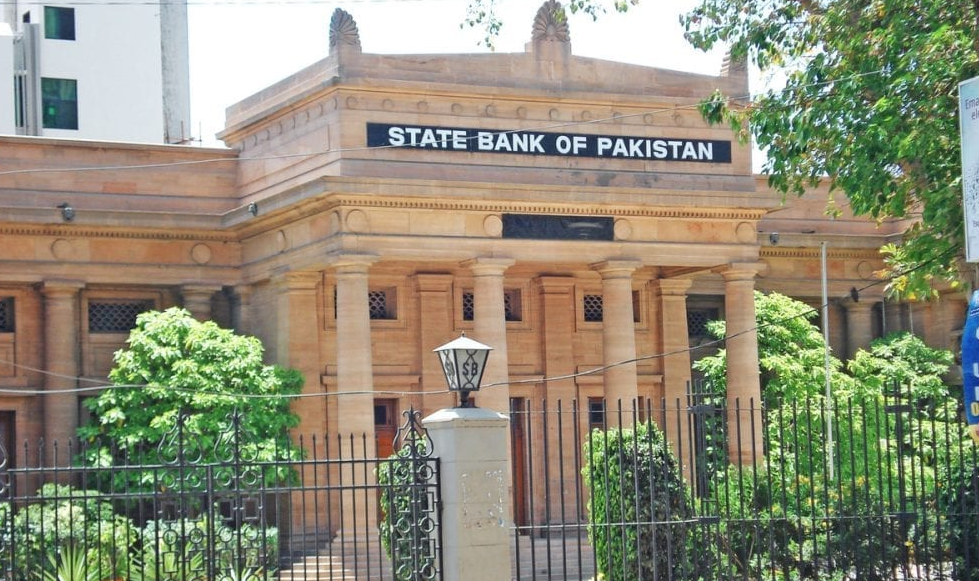Pakistan National Bank is the State Bank of Pakistan, established on July 1, 1948, under the State Bank of Pakistan Act 1956. It is responsible for regulating and supervising the banking industry, conducting monetary policy, and managing the country's currency and foreign exchange reserves. In this article, we will take an in-depth look at SBP, its history, functions, and FAQs.
History of the Pakistan National Bank
SBP's history can be traced back to the establishment of the Reserve Bank of India (RBI) in 1935. After the partition of India in 1947, the RBI ceased to operate in Pakistan, and the country was left without a central bank. As a result, SBP was established on July 1, 1948, under the State Bank of Pakistan Act 1956.
Functions of the Pakistan National Bank
Regulating and Supervising the Banking Industry
One of SBP's primary functions is to regulate and supervise the banking industry in Pakistan. This includes issuing licenses to banks and other financial institutions, setting standards for their operation, and ensuring compliance with the relevant laws and regulations.
Conducting Monetary Policy
SBP is also responsible for conducting monetary policy in Pakistan. This involves controlling the supply of money in the economy, managing interest rates, and influencing the level of inflation. SBP achieves this through various tools, such as open market operations, discount rates, and reserve requirements.
Managing Currency and Foreign Exchange Reserves
SBP manages Pakistan's currency and foreign exchange reserves, which are vital to the country's economy. This includes maintaining an adequate supply of foreign currency to facilitate international trade and investment.
Issuing Currency Notes and Coins
SBP is responsible for issuing currency notes and coins in Pakistan. This includes designing and printing currency notes, as well as distributing them throughout the country.
Organizational Structure of the Pakistan National Bank
SBP is headed by the Governor, who is appointed by the President of Pakistan. The Governor is assisted by several Deputy Governors and Executive Directors, who oversee various departments within the bank. SBP's Board of Directors is responsible for setting policies and providing strategic direction to the bank.
SBP’s Role in the Economy of Pakistan
SBP plays a crucial role in the economy of Pakistan. As the central bank, it is responsible for maintaining the stability of the financial system and ensuring the smooth functioning of the economy. This includes promoting economic growth, reducing poverty, and improving the living standards of the people of Pakistan.
FAQs
- What is the main function of SBP?
SBP's main function is to regulate and supervise the banking industry in Pakistan, conduct monetary policy, and manage the country's currency and foreign exchange reserves.
- Who appoints the Governor of SBP?
The Governor of SBP is appointed by the President of Pakistan.
- What is SBP's role in the economy of Pakistan?
SBP plays a crucial role in the economy of Pakistan by maintaining the stability of the financial system, promoting economic growth, and improving the living standards of the people.
- How does SBP manage monetary policy in Pakistan?
SBP manages monetary policy in Pakistan through various tools, such as open market operations, discount rates, and reserve requirements. By controlling the supply of money in the economy, managing interest rates, and influencing the level of inflation, SBP helps to ensure a stable and sustainable economic environment.
- How does SBP contribute to Pakistan's international trade and investment?
SBP manages Pakistan's foreign exchange reserves, which are essential for facilitating international trade and investment. By maintaining an adequate supply of foreign currency, SBP helps to ensure that businesses and individuals can conduct transactions with other countries effectively.
Conclusion
In conclusion, Pakistan National Bank plays a vital role in the economy of Pakistan by regulating and supervising the banking industry, conducting monetary policy, managing currency and foreign exchange reserves, and issuing currency notes and coins. Its organizational structure ensures efficient operations, while its policies and strategic direction contribute to economic growth and development. As a country expert, it is important to understand the functions and impact of SBP in Pakistan's economy.
References
- State Bank of Pakistan. (n.d.). Functions of SBP. Retrieved from https://www.sbp.org.pk/about/functions.asp
- State Bank of Pakistan. (2021). Annual Report 2020. Retrieved from https://www.sbp.org.pk/reports/annual/arFY20/FullText/03-Chapter-01.pdf
- State Bank of Pakistan. (2021). Overview of Monetary Policy. Retrieved from https://www.sbp.org.pk/ecodata/mpover/Overview%20of%20Monetary%20Policy.pdf
